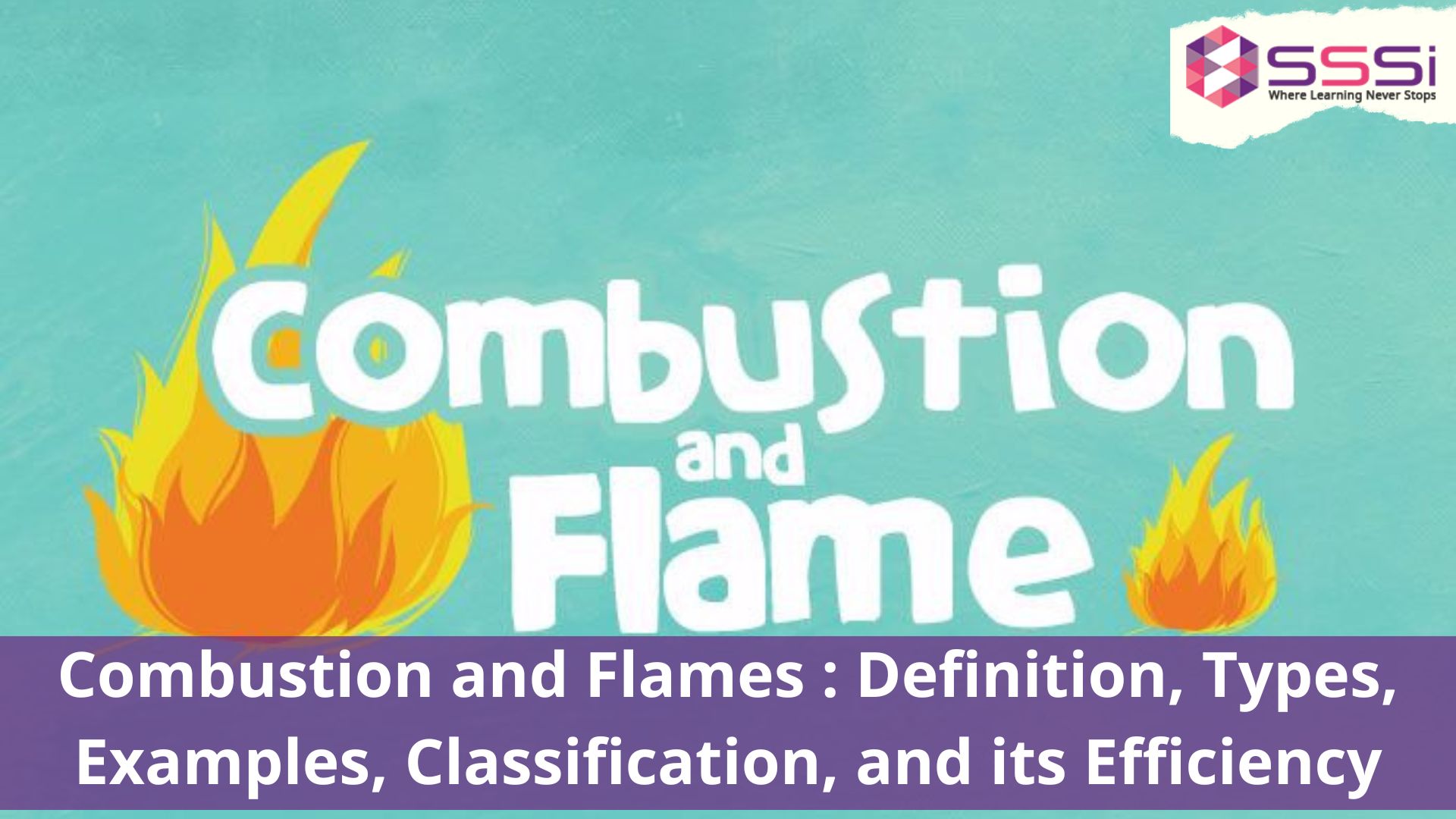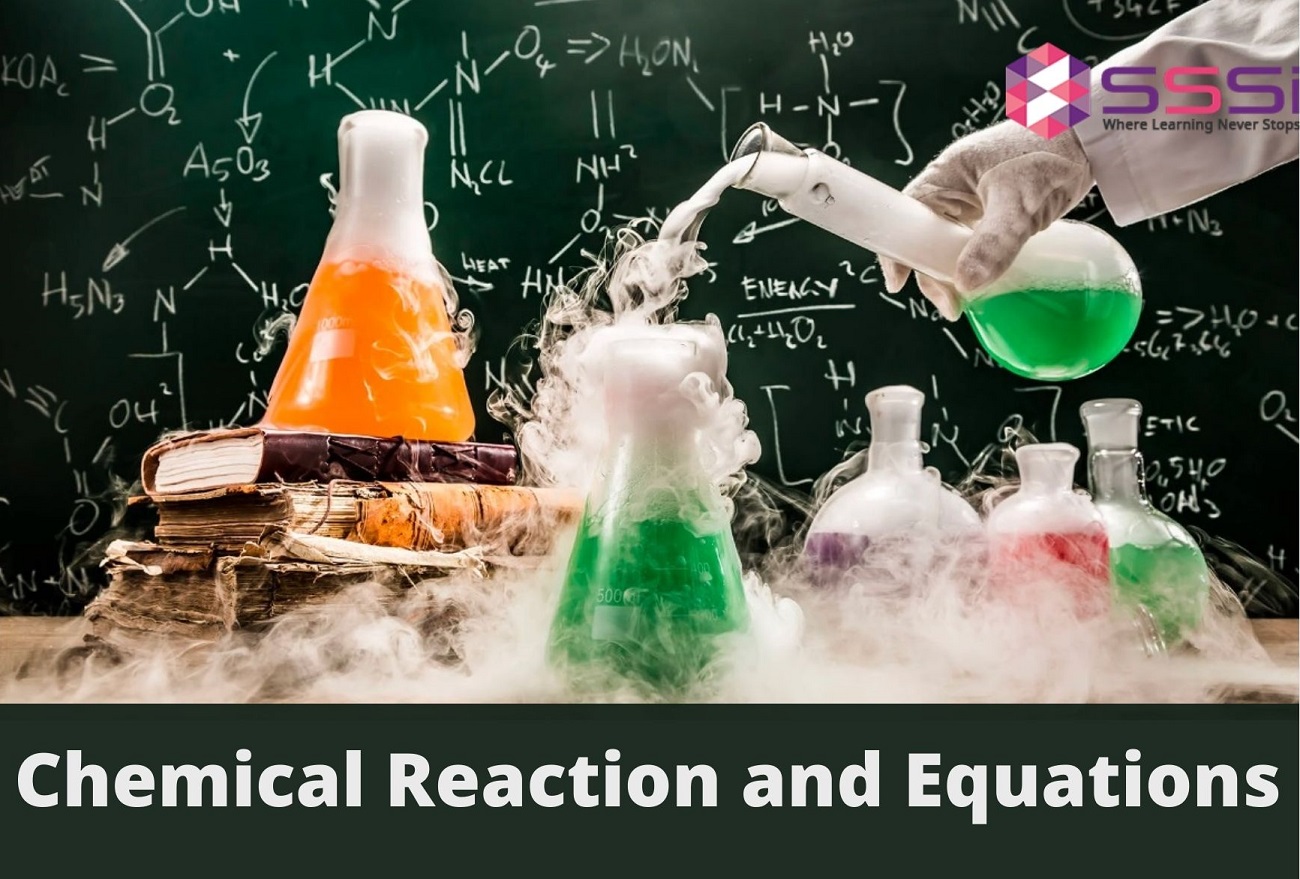-
Online Tuition
- Class 1
- Class 2
- Class 3
- Class 4
- Class 5
- Class 6
- Class 7
- Class 8
- Class 9
-
Class 10
- Hindi
- English
- Maths
- Economics
- Accounts
- Political Science
- Information Technology
- Geography
- Science
- History
- Civics
- Physics
- Chemistry
- Biology
- Computer Science
- French
- Sanskrit
- Mughal Empire
- Trigonometry
- Arithmetic Progressions
- Coordinate Geometry
- Psychology Well-being
- Quadratic Equations
- Probability
- Surface Areas and Volumes
- Real Numbers
- Circles
- Polynomials
- Linear Equations
-
Class 11
- English
- Maths
- Entrepreneurship
- Sociology
- Accounts
- Business Studies
- Information Practices
- Physical Education
- Fine Arts
- Biotechnology
- Psychology
- Economics
- History
- Chemistry
- Biology
- Geography
- Physics
- Computer Science
- Political Science
- EVS
- Statistics
- Political Science CBSE
- Civics
- Intellectual Property Rights
- Home Science
- C++ Foundation Course
- Inorganic Chemistry
- Physical Chemistry
- Organic Chemistry
- Partnership accounts
- Company Accounts
- Accounting Principles
- Journal Entry
-
Class 12
- English
- Maths
- Accounts
- Entrepreneurship
- Information Practices
- Business Studies
- Fine Arts
- Physical Education
- Biotechnology
- Psychology
- Economics
- History
- Geography
- Computer Science
- Biology
- Chemistry
- Physics
- Political Science
- Statistics
- EVS
- Civics
- Intellectual Property Rights
- Home Science
- Physical Chemistry
- Inorganic Chemistry
- Current Electricity
- Wave Optics
- Organic Chemistry
- Electromagnetic Induction
- Ray Optics and Optical Instruments
- Dual Nature of Radiation and Matter
- Semiconductor Electronics
- Communication Systems
- Alternating Current
- Electrostatics and Capacitance
- NCERT
-
Courses
- Academics
-
Beyond Academics
- Music
- Abacus
- Vedic Maths
- Handwriting Improvement
- Personality Development
- Phonic Courses
- Rubik’s Cube
- Art & Craft
- Robotics
- Digital Literacy
- Financial Literacy
- Mental Reasoning
- Artificial Intelligence
- Python
- Data Science
- Machine Learning
- Creative Writing
- English Comprehension
- Nutrition
- Data Analytics
- Environmental Science and Sustainability
- Cartography
- Essay Writing
- Chatbot App Development
- Digital Content Creation
- R Language
- Competitive Exam
- Olympiad
- Skill Development
- Books Solutions

Can you imagine your life without heat and fire? It is devastating. We can't live without baking hot food. The invention of fire is a milestone invention of civilisation. Fire is the only source of energy. Most people use wood, cow dung cakes, agricultural leftovers, kerosene oil, coke, or LPG gas for cooking meals. Petrol or diesel oil is what we use to damage cars. Coal, fuel oil, and natural gas are all used in manufacturing. Materials including wood, coke, LPG (liquid petroleum gas), gasoline, diesel, and natural gas can create heat when burned, which may subsequently be used for various purposes.
Additionally, not all elements that burn emit flame. For instance, while a candle or coal gas burns, no flame is produced by the coal or charcoal. So let's study Combustion and Fuel in brief.
What is Combustion?
Combustion is the process where the elements chemically connect with the oxygen, resulting in heat and light. It is an exothermic reaction as energy and heat are evolved. Combustion is a chemical process involving the reaction between two components of Fuel, such as hydrocarbons. When Fuel and oxygen combine, heat and light energy are released.
Thus, Combustion may be readily explained using the following formula:
Hydrocarbon + Oxygen = Carbon dioxide + Water + Heat Energy
In other words, Combustion occurs when Fuel and an oxygen supply are combined, releasing carbon dioxide, water, and heat energy. Several residential and industrial procedures may be carried out using the heat produced by burning.
The ignition temperature is the minimum temperature that must reach before Combustion may take place. The lowest ignition temperature at which compounds quickly catch fire is those with very low ignition temperatures. Therefore the substances with low ignite temperatures are called inflammable substances, for example, LPG, alcohol etc.
This chapter forms the base of the subject; hence the students learn it from class 9 Chemistry, yet if you have difficulty understanding the concepts, you can take the expert's guidance and prepare in the right direction.
Examples of Combustion
The following are a few examples of Combustion:
- Sulfur being burned in the air
- A hydrogen explosion in the atmosphere
- Wax candle burning
- Burning of gasoline in a car's engine
- Natural gas is burned in a bunsen burner
- Burning of either natural gas or LPG
- Explosion of fireworks
- Combustion of wood
- Methane burning
Types of Combustion
It is divided into five types; the are:
Complete Combustion
It is also called clean Combustion and occurs only in the presence of air and oxygen gas. In this, oxygen, water and carbon dioxide are produced when the hydrocarbons are burned completely. For example, When a candle is burning, the wick's heat vaporises the wax, which then combines with the oxygen in the air to create heat. Water and carbon dioxide are produced as a result of the process.
Incomplete Combustion
When air is scarce, it may not be enough to carry out complete Combustion, which results in incomplete Combustion. The term "dirty combustion" also refers to incomplete Combustion. Less energy is produced by incomplete Combustion compared to complete Combustion. The Fuel won't completely react since there isn't enough oxygen available. As a result, carbon monoxide and soot would be produced instead of carbon dioxide and water. For instance, burning paper as a byproduct leaves ash, a type of soot.
The chapter holds its importance in not only the board's exam but also the heavy weightage of the competitive exams. If you are preparing for boards, you must seek the experts who offer the best guidance on your class 10 Chemistry subjects and clear all your doubts in one go.
Rapid Combustion
Rapid Combustion is another form of Combustion. External heat energy is necessary for rapid Combustion to occur. This Combustion happens very quickly and generates a lot of heat and light energy. Thus, it has that name. A candle is lit as an example. When a candle is lit with a matchstick, heat energy is produced. The fire will continue until all of the wax has burned. It is hence quick Combustion.
Spontaneous Combustion
The Combustion takes place here spontaneously. The ignition or beginning of the Combustion does not require any external energy. Self-heating or self-ignition is its cause. Spontaneous Combustion occurs when a material with low ignition temperatures suddenly becomes heated and is unable to release the heat. When the temperature climbs over the ignition point, and there is enough oxygen present, Combustion will occur. This reaction illustrates sodium metal's interaction with water when air is present.
Explosive Combustion
When the reaction becomes rapidly explosive, Combustion occurs. The reaction occurs when something lits to produce heat, light and sound energy. To understand each topic flawlessly, the student must take Chemistry online tuition as it focuses on each individual and their academic requirements.
Necessary Conditions for Combustion
The following are the necessary conditions for Combustion:
1. Fuel Availability: Here, the substance undergoes Combustion. For example, kerosene, charcoal, wood etc.
2. Supply of Oxygen/ Air: It supports Combustion. 21% of the availability of oxygen helps in Combustion.
3. Ignition Temperature: The temperature at which a flammable substance must be heated for it to ignite is known as the ignition temperature. If the explosive substance is not at or above its ignition temperature, Combustion will not occur.
Fuel and its Efficiency
Any material that may be utilised to generate energy is Fuel. This energy might be thermal, nuclear, or other types of energy. Heat is created when Fuel is exposed to an oxidant. They can exist in solid, liquid, or gas.
Wood, paper, peat, and dung are a few examples of solid fuels. Petroleum, diesel, and other liquid fuels are examples. Gaseous fuels include propane, methane, and natural gas.
The quantity of energy that can collect from the Fuel is known as fuel efficiency. The higher a machine's energy extraction, the more fuel-efficient it is.
A vehicle is considered Fuel efficient if it takes significant amounts of energy from its Fuel and not fuel efficient if it extracts a lesser amount of energy. To learn the topic in depth, you must enroll in online tuition for chemistry.
Classification of Fuel
Based on their physical condition, fuels are categorised into three types.
- Solid fuels: These are the types of Fuels that may be obtained from nature. Fuels classified as solids are those that are solid at room temperature. Examples include wood, agricultural waste, charcoal, coal, coke, and other materials.
- Liquid fuels: Fuels that are liquid at room temperature are referred to as liquid fuels. Examples include liquefied hydrogen, gasoline, oil, kerosene, and diesel.
- Gaseous fuels: Fuels that, at room temperature, are gaseous. Examples include gobar gas, producer gas, coal gas, water gas, and compressed natural gas (CNG).
Effects of Burning Fuels
The following are the effects of burning fuels :
- Ash and tiny unburned carbon particles released into the air by carbon-based fuels like wood, coal, and petroleum can aggravate respiratory diseases like asthma.
- Carbon monoxide, a very poisonous gas, is produced when fuels (such as coal, gasoline, and other fossil fuels) are not completely burned. Carbon monoxide may kill people asleep in a room where coal is burning. Our blood's haemoglobin and CO interact to generate carboxyhemoglobin, which is incapable of carrying oxygen. Hydrocarbons that haven't been burnt, many of which are carcinogenic (causing cancer), as well as other health risks.
- When burned, most fuels release carbon dioxide, which disrupts the climate. Deforestation reduces the number of trees that can absorb CO2 as a result. As a result, global warming has occurred.
- Burning coal and diesel releases sulphur dioxide gas, which is corrosive and irritating to the nose, throat, and airways. Other signs include heaviness in the chest, wheezing, and shortness of breath. Gasoline engines produce nitrogen oxides. Sulfur and nitrogen oxides dissolve in rainwater and produce acids, which causes acid rain.
If you want to learn the topic from scratch, join Chemistry online tuition classes and ace your preparation.





